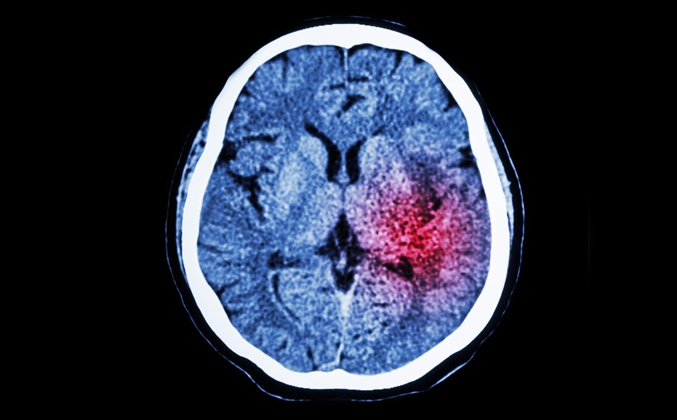
Stroke represents one of the largest medical challenges facing our society today. In the U.S., someone has a stroke every 40 seconds and every four minutes someone will die as a result of stroke. Stroke is the 5th leading cause of death in the U.S. and the 2nd leading cause of death worldwide. In the U.S. stroke kills approximately 130,000 people each year (roughly 1 in every 20 deaths). Nearly 800,000 people have a stroke in the U.S. each year and approximately 87% are classified as ischemic (the result of a blood clot or blockage to one or more of the arterial vessels in the brain). Stroke is the leading cause of long-term disability in the U.S. Total direct medical costs related to stroke are expected to triple by 2030 from $71.6 billion in 2012 to over 184 billion. [1]
The Problem
Despite the significant medical burden associated with stroke, current treatment options remain extremely limited. Current approved treatments for acute ischemic stroke include the clot-dissolving drug (tPA) and catheter-based thrombectomy. Whereas tPA is effective at dissolving small vessel blood clots, it is only effective at restoring blood flow in 15-20% of large arterial vessel occlusions. In contrast, catheter-based thrombectomy is highly effective at removing large vessel occlusions, but is performed at less than 10% of hospitals nationwide due to the requirement for specialized facilities and trained medical staff.

Patients with large vessel occlusions that present to community based hospitals without thrombectomy services are frequently transported to Comprehensive Stroke Centers once the initial diagnosis is determined and tPA has been administered. On average, these transport periods are in excess of 2 hours during which oxygen deprived brain tissue is irreversibly destroyed. In the field of stroke care, there is a saying that “Time is Brain”. The longer it takes to restore blood flow to oxygen-starved brain tissue, the more likely the patient will suffer some form of debilitating long term disability. These symptoms may include loss of speech, ability to move limbs, memory loss and inability to properly care for oneself – all of which can have a devastating effect on the patient and their family. As a result, there is a critical need to address this treatment gap by augmenting the thrombolytic potential of tPA for stroke patients with large vessel occlusions that do not have immediate access to thrombectomy services.

Our Solution
Clinical studies have demonstrated that coupling the acoustic energy of transcranial ultrasound with conventional thrombolytic drug therapy (tPA) can significantly increase the rate of restoring blood flow in stroke patients with large vessel occlusions. Transcranial ultrasound generates acoustic streaming at the site of the blood clot, which in turn causes tPA to be refreshed at the surface of the occlusion. Through this streaming effect, it is believed that tPA can better access a greater number of binding sites on the clot surface thereby resulting in an accelerated and increased rate of clot dissolution. To deliver the ultrasound, Cerevast has developed a non-invasive ultrasonic device that can be rapidly administered in the emergency room environment once the stroke diagnosis has been confirmed and IV tPA administered. Initiation of therapy does not require a trained sonographer or ultrasound technician and can easily be administered by an emergency room nurse or physician. The device is portable and designed to travel with those stroke patients that are determined to be viable candidates to undergo EMS transport to a Comprehensive Stroke Center for thrombectomy. By accelerating the rate of vessel recanalization in stroke patients that do not have immediate access to thrombectomy services, this novel therapy will address a significant treatment gap in existing stroke care.
Development Status: Phase 3 (NCT03519737)
[1] Heart Disease and Stroke Statistics – 2016 Update: A Report from the American Heart Association
